Expansion of Healthcare Infrastructure
The ongoing expansion of healthcare infrastructure in various regions is significantly influencing the Plasma Fractionation Market. As countries invest in improving their healthcare systems, the availability of advanced medical facilities and technologies is increasing. This expansion facilitates better access to plasma-derived therapies, which are essential for treating a range of medical conditions. For instance, the establishment of specialized treatment centers and blood banks enhances the collection and processing of plasma, thereby supporting the growth of the Plasma Fractionation Market. Moreover, the integration of state-of-the-art technologies in healthcare facilities is likely to improve the efficiency of plasma fractionation processes. As a result, the market may witness a surge in demand for plasma-derived products, driven by the enhanced capabilities of healthcare providers to deliver effective treatments.
Rising Demand for Personalized Medicine
The growing trend towards personalized medicine is significantly impacting the Plasma Fractionation Market. As healthcare shifts towards tailored treatment approaches, the demand for plasma-derived therapies that can be customized to individual patient needs is likely to increase. Personalized medicine aims to optimize therapeutic outcomes by considering genetic, environmental, and lifestyle factors. This approach aligns well with the capabilities of plasma fractionation, which allows for the development of specific products targeting unique patient profiles. Recent studies suggest that personalized therapies can lead to improved patient outcomes and reduced healthcare costs, further driving interest in plasma-derived products. Consequently, the Plasma Fractionation Market may experience a surge in demand as healthcare providers and patients seek more effective and individualized treatment options.
Growing Awareness of Immunoglobulin Therapies
The increasing awareness regarding the benefits of immunoglobulin therapies is a notable driver for the Plasma Fractionation Market. Immunoglobulins, derived from human plasma, play a vital role in treating various immunodeficiency disorders and autoimmune diseases. As healthcare professionals and patients become more informed about these therapies, the demand for immunoglobulin products is likely to rise. Recent data indicates that the immunoglobulin market is projected to reach approximately USD 20 billion by 2026, reflecting a robust growth trajectory. This trend suggests that the Plasma Fractionation Market will experience heightened interest and investment as stakeholders recognize the therapeutic potential of immunoglobulins. Additionally, the increasing number of clinical trials and research initiatives focused on immunoglobulin therapies may further stimulate market growth, as new applications and formulations are explored.
Regulatory Support for Plasma-Derived Products
Regulatory support for plasma-derived products is emerging as a significant driver for the Plasma Fractionation Market. Governments and regulatory bodies are increasingly recognizing the importance of plasma therapies in treating various medical conditions. This recognition has led to the establishment of favorable policies and guidelines that facilitate the approval and commercialization of plasma-derived products. For instance, streamlined regulatory processes can expedite the introduction of new therapies into the market, thereby enhancing patient access to essential treatments. Furthermore, the emphasis on safety and efficacy in the approval process is likely to bolster consumer confidence in plasma-derived products. As a result, the Plasma Fractionation Market may benefit from increased investment and innovation, as companies seek to develop new and improved therapies that meet regulatory standards.
Increasing Incidence of Hematological Disorders
The rising prevalence of hematological disorders, such as hemophilia and multiple myeloma, is a crucial driver for the Plasma Fractionation Market. As these conditions require specific plasma-derived products for treatment, the demand for plasma fractionation is expected to grow. According to recent estimates, the incidence of hemophilia is approximately 1 in 5,000 male births, indicating a substantial patient population reliant on plasma-derived therapies. This trend suggests that healthcare providers are increasingly focusing on developing effective treatment options, thereby propelling the Plasma Fractionation Market forward. Furthermore, advancements in diagnostic techniques are likely to enhance early detection, leading to timely interventions and increased demand for plasma products. Consequently, the market is poised for growth as healthcare systems adapt to the rising burden of hematological disorders.
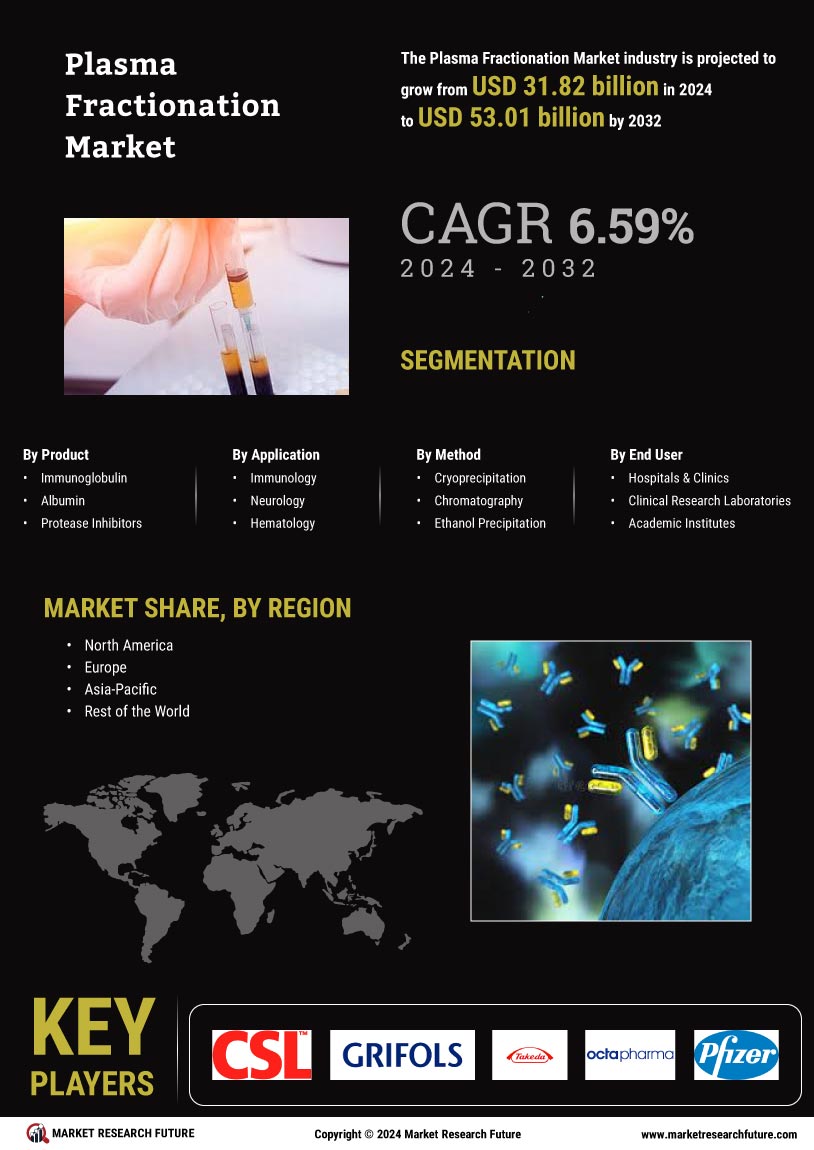

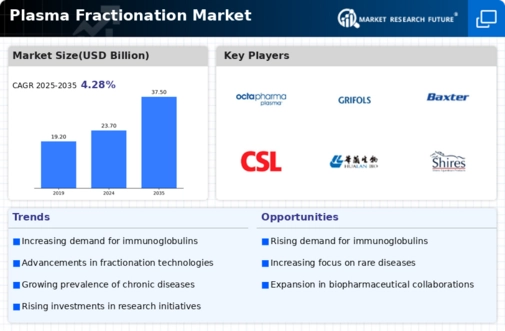
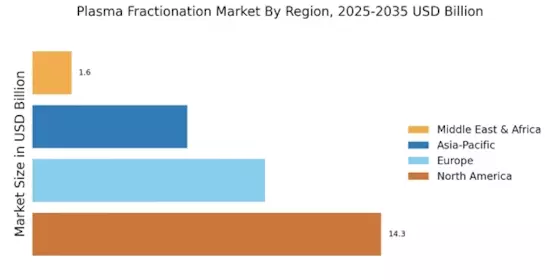
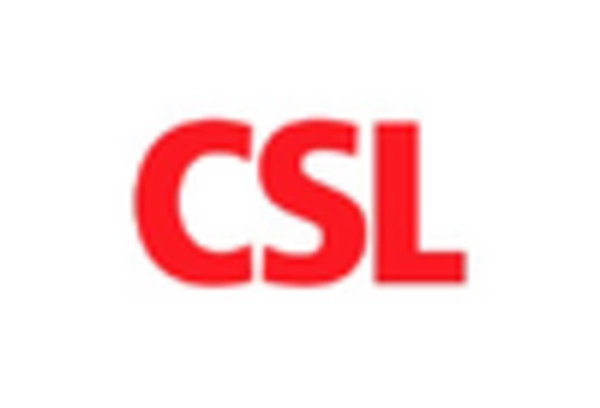
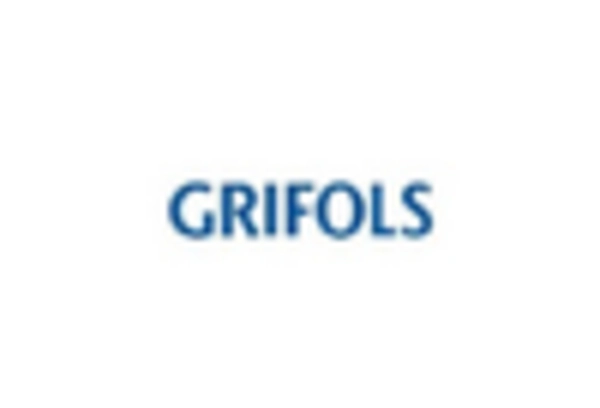
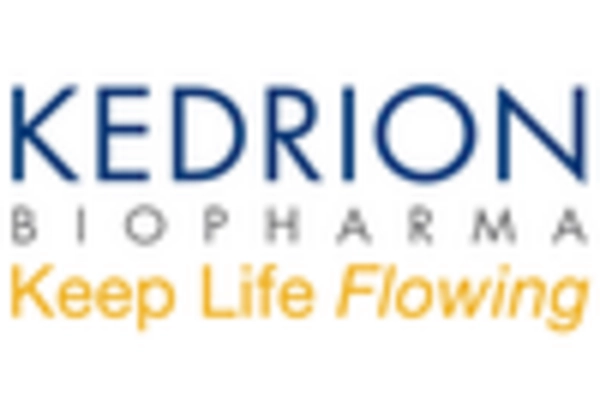
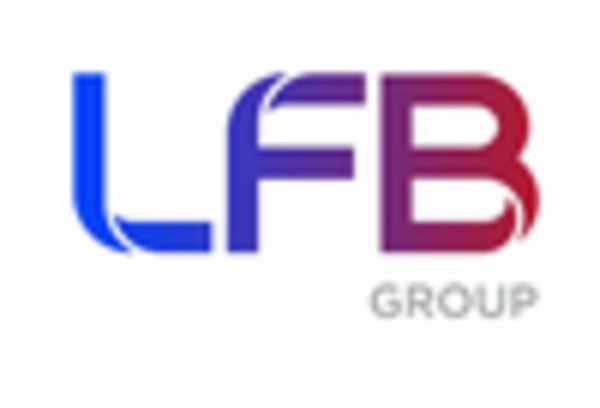
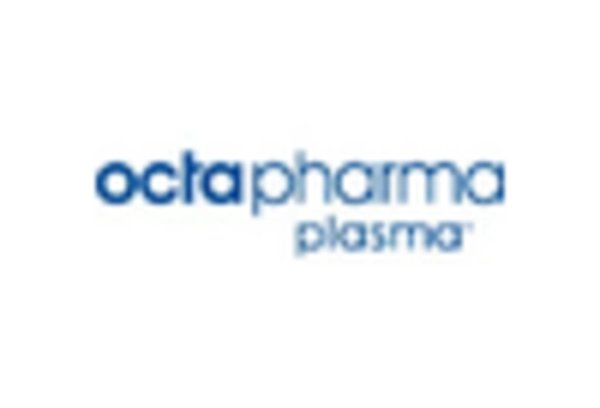
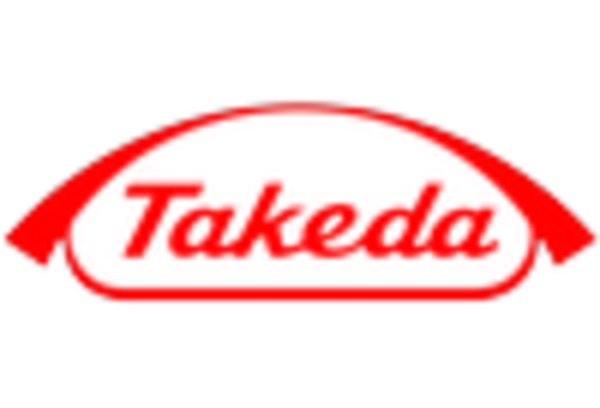








Leave a Comment